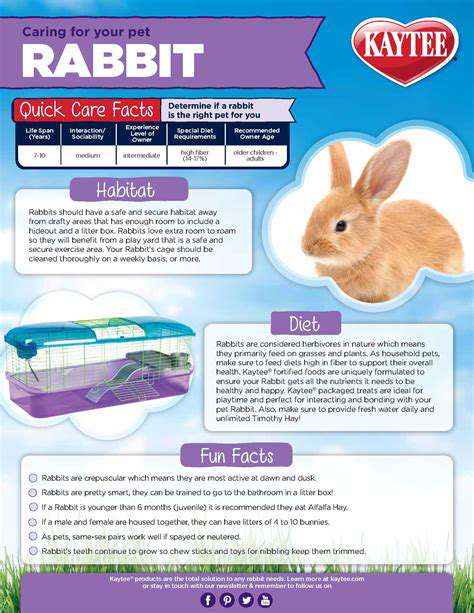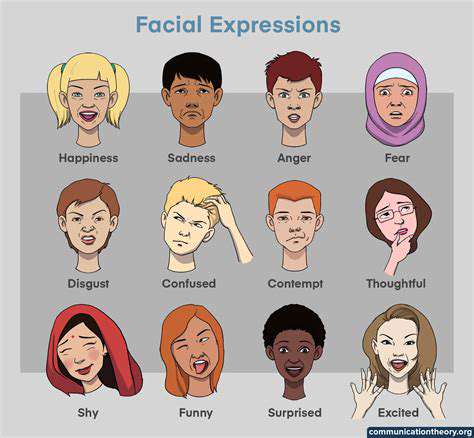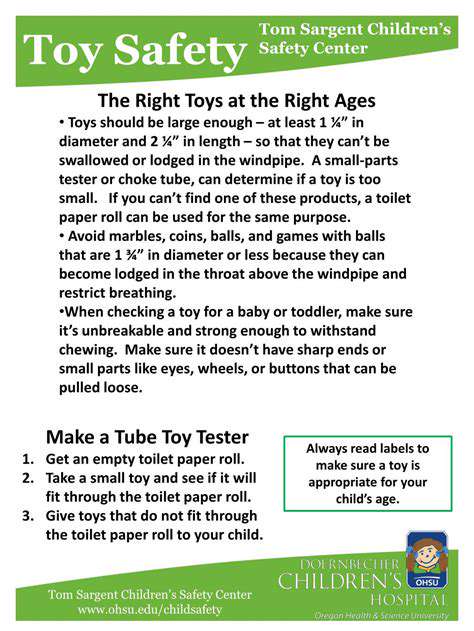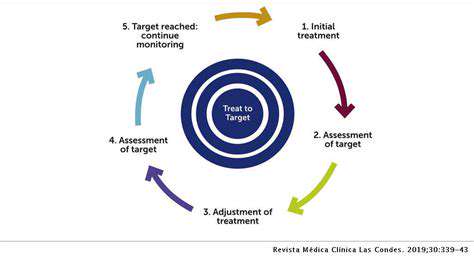The Legal Aspects of Pet Adoption and Ownership
Licensing Requirements for Pets
Pet licensing regulations vary significantly across jurisdictions, from municipalities to states and even individual counties. Understanding these requirements is crucial for pet owners. These regulations often specify the types of animals that require licensing, such as dogs, cats, and certain exotic pets. The licensing process typically involves obtaining a license from the local animal control or municipal government. This often includes providing information about the pet, such as breed, age, and vaccination records, and paying a licensing fee. Failure to comply with these regulations can result in fines or other penalties.
Registration of Pets
Pet registration, while often intertwined with licensing, is a separate process. Registration involves recording the pet's information on a central database, often maintained by the local animal control or a similar authority. This database typically includes the pet's identification information, including microchip details, and contact information for the owner. Registration offers significant benefits in the event of lost or stolen pets. It facilitates quick identification and return to the rightful owner.
Microchipping and Identification
Microchipping your pet is a crucial component of responsible pet ownership. Microchips are tiny transponders implanted under the pet's skin, containing a unique identification number. This number is linked to a national or regional database, allowing animal control or shelters to quickly identify the pet and contact the owner. Microchipping significantly increases the chances of a lost pet being returned home safely. It is often required for licensing and registration in many areas, further emphasizing its importance.
Liability and Insurance
Pet ownership comes with potential liabilities. Unleashed or aggressive pets can cause injuries or damage to property. Understanding local leash laws and ensuring your pet's temperament is managed appropriately are essential to mitigate potential liability. Liability insurance for pets can provide financial protection against claims related to damage or injury caused by your pet. This insurance can cover veterinary bills, legal fees, and other expenses related to such incidents.
Responsible Ownership and Community Impact
Beyond licensing and registration, responsible pet ownership encompasses various legal aspects. This includes adherence to local ordinances regarding noise levels, waste disposal, and pet behavior. Responsible pet owners contribute positively to their communities. They ensure their pets are well-cared for, respecting neighborhood regulations and minimizing any potential negative impact on other residents.
Enforcement and Penalties for Non-Compliance
Local authorities often enforce pet licensing and registration regulations. Failure to comply with these requirements can lead to significant penalties, ranging from fines to the seizure of the animal. Understanding the specific penalties within your jurisdiction is crucial for responsible pet ownership. Regularly reviewing local ordinances and staying informed about enforcement procedures ensures your pet ownership aligns with the laws and regulations in your area. Knowing the potential consequences of non-compliance will help you avoid costly problems.
Addressing Potential Disputes and Legal Issues in Pet Ownership
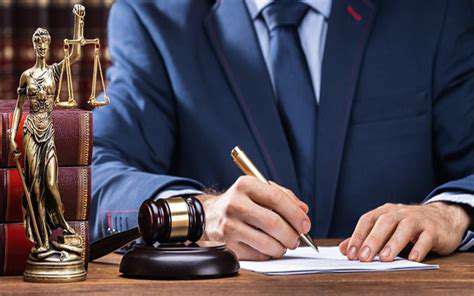
Understanding the Nature of Potential Disputes
Disputes, while often unwelcome, are an inevitable part of any complex interaction, whether personal or professional. Understanding the potential sources of these disagreements is crucial to proactively mitigating their impact. This involves recognizing the diverse perspectives and interests involved and anticipating potential areas of conflict.
Often, disputes stem from differing interpretations of facts, expectations, or even values. It's essential to establish clear communication channels and expectations from the outset to minimize misunderstandings and subsequent disputes.
Developing Effective Communication Strategies
Open and honest communication is paramount in preventing and resolving disputes. This includes actively listening to opposing viewpoints, expressing your own concerns clearly and respectfully, and seeking common ground. Maintaining a calm and professional demeanor throughout the process is vital.
Clear and concise documentation of agreements and expectations can serve as a valuable reference point when disagreements arise. This documentation can help to clarify roles and responsibilities and provide a framework for resolution.
Establishing Clear Guidelines and Procedures
Establishing clear guidelines and procedures for handling potential disputes is vital. This includes outlining the steps involved in escalating concerns, the roles and responsibilities of different parties, and the timeline for resolution. A predefined process can significantly expedite the resolution process and ensure fairness.
Having a defined procedure in place can help to avoid ambiguity and ensure that all parties are aware of the steps involved in addressing disputes. This can help build trust and confidence in the process.
Implementing Dispute Resolution Mechanisms
Implementing appropriate dispute resolution mechanisms is crucial for managing disagreements effectively. These mechanisms can range from informal mediation to formal arbitration or litigation, depending on the nature and severity of the dispute. Choosing the right mechanism is essential for achieving a fair and efficient resolution.
Selecting a suitable dispute resolution mechanism should consider factors such as the cost, time constraints, and desired outcome. Careful consideration of these factors can greatly increase the likelihood of a satisfactory resolution.
Utilizing External Resources for Assistance
In certain situations, utilizing external resources can be beneficial in resolving disputes. This may include engaging mediators, arbitrators, or legal counsel to facilitate the process. These external resources can provide impartial guidance and expertise, which can be invaluable in complex or contentious situations.
Seeking professional assistance can prevent escalating conflicts and help to preserve relationships. Utilizing external resources can also provide a neutral platform for negotiation and ensure that all parties feel heard and understood.
Maintaining Professionalism and Respect Throughout the Process
Maintaining a professional and respectful demeanor throughout the dispute resolution process is crucial. This includes avoiding personal attacks, focusing on the issue at hand, and respecting the viewpoints of others. A respectful approach fosters collaboration and encourages constructive dialogue.
Maintaining professionalism, even during stressful situations, demonstrates maturity and a commitment to finding a mutually acceptable solution. This approach can help to preserve relationships and pave the way for future collaborations.
Understanding Liability and Insurance for Pet Ownership

Understanding Liability
Liability, in a legal context, refers to the state of being legally responsible for the harm one causes to another. This responsibility can stem from various actions, omissions, or negligence. Understanding liability is crucial for individuals and businesses alike, as it can have significant financial implications. A clear understanding of liability can help mitigate potential risks and protect assets.
There are different types of liability, including contractual liability, which arises from breach of contracts, and tort liability, which results from negligence or intentional acts that harm others. Understanding the specific type of liability involved is critical in determining the appropriate course of action.
Types of Liability
Contractual liability arises when one party fails to fulfill the terms of an agreement. This can lead to legal action and financial penalties. Examples include failing to deliver goods or services as promised, or breaching a lease agreement. This type of liability is often explicitly outlined in contracts.
Tort liability, on the other hand, is based on the breach of a legal duty to another person. This can include various actions, such as negligence, which is the failure to exercise reasonable care, or intentional torts, such as assault or battery.
Liability in Business
Businesses face various forms of liability, ranging from product liability to professional liability. Product liability arises when a product causes harm to a consumer. Businesses must ensure their products meet safety standards and are free from defects. This is crucial for maintaining a positive reputation and avoiding costly lawsuits.
Professional liability, also known as errors and omissions (E&O) insurance, covers the financial losses incurred by a business for professional negligence or mistakes. This is essential for professionals like doctors, lawyers, and accountants.
Liability and Negligence
Negligence is a key component of tort liability. It involves a failure to act as a reasonably prudent person would in a similar situation. This failure to meet the standard of care can lead to harm and subsequent liability.
Determining negligence often involves proving a duty of care, breach of that duty, causation, and damages. Understanding these elements is vital in assessing potential liability claims.
Insurance and Liability Protection
Insurance plays a crucial role in mitigating liability risks. Liability insurance policies are designed to cover the costs associated with legal claims and settlements arising from liability. Different policies cater to various types of liability, offering varying levels of protection.
Insurers assess risks and determine premiums based on factors such as the nature of the activity, potential for harm, and historical claims data. This risk assessment is critical in determining the appropriate coverage and cost.
Legal Implications of Liability
The legal implications of liability can be significant, ranging from financial penalties to reputational damage. Understanding the potential consequences is crucial for proactive risk management. Businesses and individuals should seek legal counsel when dealing with potential liability issues.
Legal action can involve lawsuits, settlements, and judgments. These processes can be complex and time-consuming, requiring careful consideration and strategic planning.
Protecting Yourself from Liability
Proactive measures can help protect individuals and businesses from liability. These measures include adhering to relevant regulations, implementing safety protocols, and seeking legal advice when necessary. Thorough due diligence and a commitment to safety practices can significantly reduce the risk of liability.
Maintaining clear records, documenting processes, and having clear communication channels are also important steps in preventing potential liability issues.
Read more about The Legal Aspects of Pet Adoption and Ownership
Hot Recommendations
- Review: [Specific Brand] Small Animal Cage
- Why Rescuing Pets Saves Lives
- Best Pet First Aid Kits [What to Include]
- How to Help Stray Animals in Your Community
- Guide to Adopting a Pet When You Have Kids
- Top Reptile Heat Lamps
- Heartwarming Rescue Stories That Will Inspire You
- Review: [Specific Brand] Bird Cage
- Best Aquarium Filters [2025 Review]
- Review: [Specific Brand] Smart Litter Box

